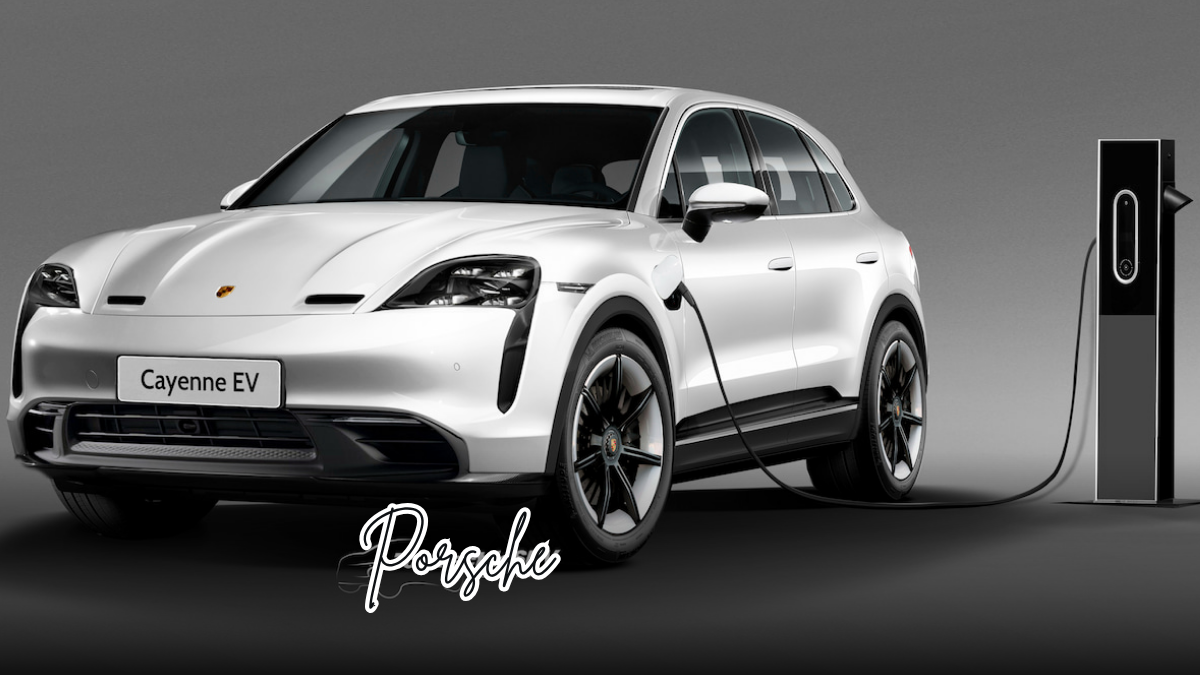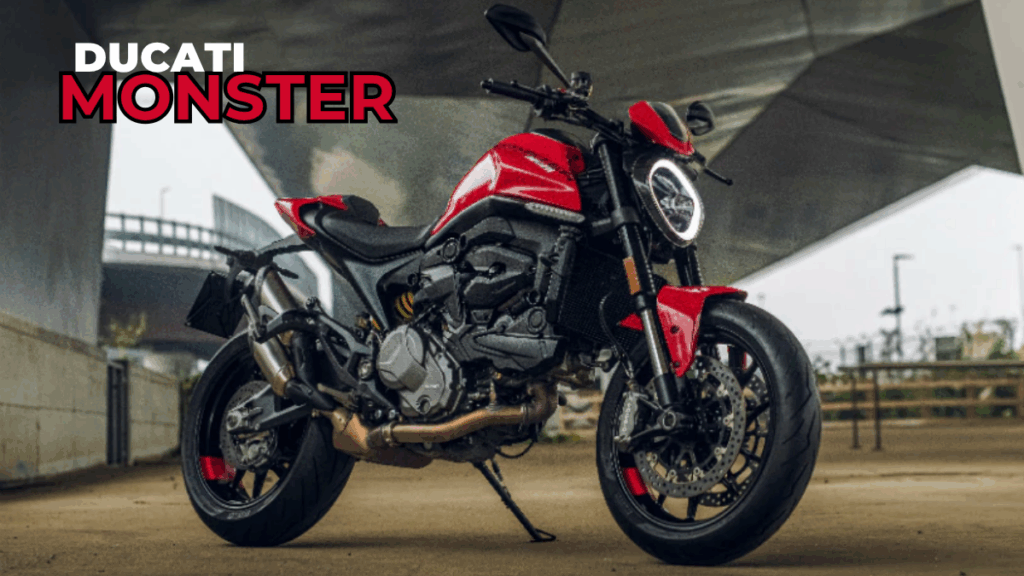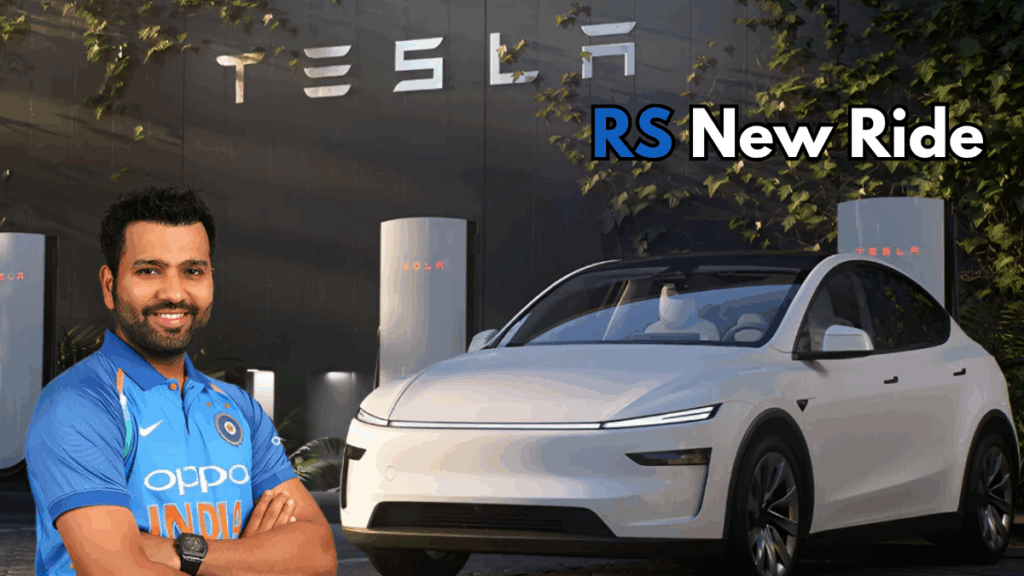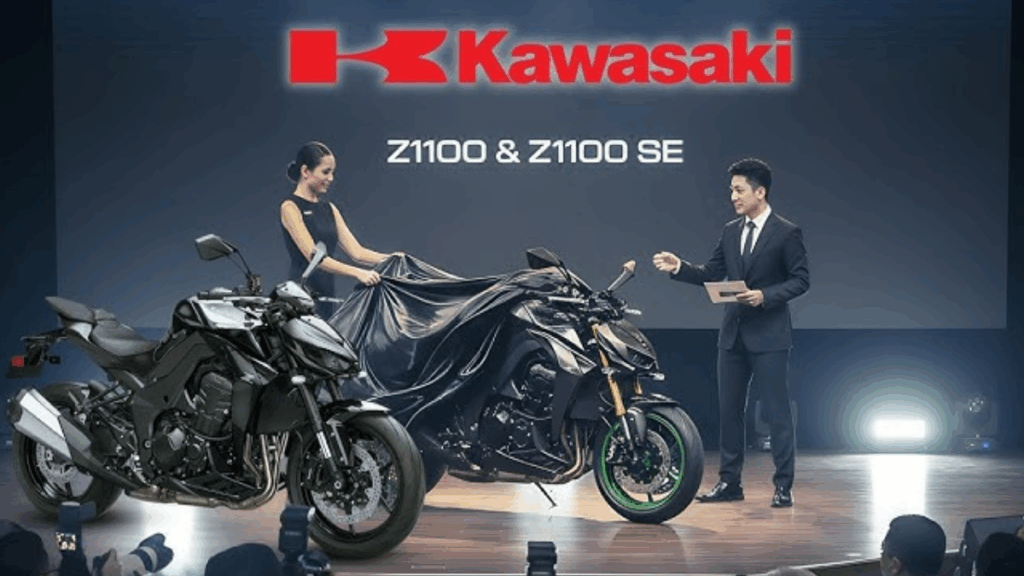The Cayenne has been central to Porsche’s success since 2002. After petrol, diesel, and plug in hybrid generations, a full battery electric Cayenne arrives to sit alongside the existing ICE and hybrid models. Porsche invited media to the Leipzig experience center where the Cayenne story began to preview the technology, design, and user experience of the upcoming Cayenne Electric. While final specifications remain under wraps, the day revealed a clear picture of how Porsche plans to blend performance, efficiency, and everyday usability in its flagship electric SUV.
Table of Contents
Dimensions and Design

Although the Cayenne Electric will be sold next to its ICE and plug in siblings, it uses the PPE platform rather than MLB Evo. That change brings a longer wheelbase, more overall length, and a slightly wider stance. The front and side profiles retain the Cayenne signature with an assertive clamshell hood, active air intakes that open and close based on cooling demand, and a smooth roofline that tapers gently toward the rear. Turbo variants preview new wheels finished in Turbonite.
The rear design is the biggest departure. Expect a segmented full width LED light bar with an illuminated Porsche script, an active roof spoiler for stability, and a tidy lower diffuser flanked by functional vents. Even in light camouflage the shape looks cohesive and athletic, and Porsche’s paint to sample and personalization programs will make it easy to tailor.
Short Summary
Item |
Details |
|---|---|
Platform |
PPE electric architecture shared with Audi Q6 e tron |
Size Highlight |
Longer wheelbase and overall length than ICE Cayenne, slightly wider |
Powertrain |
Dual PMS motors with AWD, rear biased weight distribution 48:52 |
Peak Output |
Targeting 1000 plus hp and up to 1500 Nm with push to pass |
Battery |
113 kWh gross NMC pack with higher energy density than Taycan |
Range Target |
600 km plus depending on spec and conditions |
Charging DC |
10 to 80 percent in about 16 minutes at up to 400 kW |
Charging AC |
Wireless charging option up to 11 kW via floor plate |
Recuperation |
Up to 600 kW with one pedal mode available |
Interior |
New 12.25 inch angled OLED Flow display plus 14.25 inch cluster and optional 14.9 inch passenger screen |
Standout Features |
Active Ride suspension, rear wheel steering, ePTM torque control, carbon ceramic brakes option |
Practicality |
553 liter boot, big cabin storage, front trunk, leather free materials |
Global Debut |
Scheduled for November with Base and Turbo first, India expected H2 2026 |
Official Site |
Powertrain and Driveline
Porsche outlined a dual motor layout with permanent magnet synchronous motors at each axle for all wheel drive. The firm is targeting more than 1000 hp and up to 1500 Nm using a push to pass strategy, with claimed sprints of under 3.0 seconds to 100 kph and under 8.0 seconds to 200 kph in top trims. Torque is apportioned by a fast acting control layer that can shift all available drive to the rear axle under certain conditions, backed by rear biased mass distribution of roughly 48:52.
A key engineering story is direct oil cooling for the rear motor. Using around six liters of oil that does not need replacement during the service life, the system improves thermal stability and helps the SUV maintain high continuous output with power transmission efficiency up to 98 percent in real driving. Drive goes through a compact two stage single speed reduction unit designed for torque multiplication without the size penalty of a multispeed gearbox.
Battery, Thermal Management, and Recuperation
The Cayenne Electric uses a 113 kWh gross NMC battery integrated into the floor to stiffen the body and lower the center of gravity. Energy density is stated to be about seven percent higher than Taycan’s pack, supporting a projected 600 km plus range depending on specification. The thermal system can heat or cool from top and bottom and includes predictive thermal management that considers route, weather, and driving style to pre condition for efficiency or charging speed.
Recuperation capability is a headline figure. Porsche targets up to 600 kW of energy recovery depending on speed, temperature, and state of charge. The design allows the car to complete roughly 97 percent of deceleration events using regenerative braking alone, with three selectable regen levels and a one pedal mode that can bring the car to a full stop.
Charging: High Power DC and Optional Wireless AC
The PPE electrical architecture supports very high charge rates. Porsche quotes 10 to 80 percent in about 16 minutes on a 400 kW DC charger and about 26 minutes on a 200 kW unit. For home and workplace scenarios, Porsche will offer Porsche Wireless Charging as an option. The weatherproof floor plate provides up to 11 kW AC charging without a cable. The driver aligns the SUV over on screen guidelines and charging begins at efficiencies similar to a wired AC session. Safety logic detects movement on the plate and pauses or resumes charging automatically.
Interior, Displays, and Features
Inside, the Cayenne Electric introduces a new display architecture and materials strategy. The dash keeps a wide Cayenne look with vertical side vents and a familiar three spoke wheel, but the interface shifts to three screens:
- 14.25 inch curved driver display for speed, range, assistance status, and media
- 12.25 inch angled OLED center touchscreen called Flow display for climate, navigation, and apps
- Optional 14.9 inch passenger display for media, apps, and trip data
A new Ferry pad handrest anchors your wrist for precise taps on the Flow display. The electronic platform adds broader third party app support than the Macan Electric and enables gaming on the passenger screen while charging. Physical toggles remain for high frequency tasks, striking a balance between minimalism and usability.
Equipment highlights previewed include configurable ambient lighting, 14 way front seats with memory, ventilation, heating, and massage with a vibration function, a sliding panoramic roof that can switch among matt, clear, and opaque, an AR head up display, upgraded voice assistant with AI features, a digital key, and multiple device charging points including a wireless tray. Upholstery is leather free with Race Tex and Pepita fabric choices plus wood, aluminum, or carbon trim. Rear passengers gain 4 way electric adjustability for recline and base tilt, and storage across the cabin is generous with a large center bin, glove box, front trunk, and a 553 liter rear boot that expands to 1,588 liters with the seats folded.
Dynamics Preview: Track and Off Road Demonstrations
While no public test drives were allowed, hot laps with Porsche drivers on the Leipzig circuit showcased startling straight line thrust and calm body control. The optional Active Ride suspension kept the 2.5 ton SUV remarkably flat through fast direction changes, while Porsche Torque Vectoring Plus and available rear wheel steering sharpened turn in and traction on corner exit. Optional carbon ceramic brakes delivered repeatable stops.
The off road course highlighted ePTM traction management that adjusts torque split and slip in roughly 5 milliseconds. The Cayenne Electric eased up a steep 38 degree slope, descended with measured stability using hill descent control, and maintained cabin composure in articulation exercises. A water wading section underlined its all weather confidence, all on road focused Pirelli P Zero tires.
Launch Timeline, Variants, and Rivals
The global debut is scheduled for November, with Base and Turbo models shown first and variants such as 4S to follow. An India launch is expected in the second half of 2026. Porsche has not finalized the India lineup publicly, but Base and Turbo are the logical starters given Taycan and Macan EV precedent. Competitors will include the Range Rover Electric, Mercedes EQS SUV, BMW iX, and Audi Q8 e tron.
Official Site
For updates, model pages, and configurator when available
https://www.porsche.com
Frequently Asked Questions
1) What makes the Cayenne Electric different from the ICE Cayenne
It uses the PPE electric platform with a longer wheelbase and unique underpinnings, introduces new thermal and electrical systems, and debuts a three screen cabin with the Flow display while retaining classic Cayenne design cues.
2) How fast does it charge from low state of charge
On a suitable high power charger it targets 10 to 80 percent in about 16 minutes at up to 400 kW. At 200 kW the same window is about 26 minutes. Home AC charging is available and an optional wireless system supports up to 11 kW.
3) Is wireless charging efficient enough to use daily
Porsche says the 11 kW plate achieves efficiency similar to a wired AC session and can safely pause when movement is detected on the pad. It is designed as a convenient everyday solution.
4) What is the projected real world range
Porsche targets more than 600 km depending on specification and conditions. Exact figures will vary based on wheel and tire choices, temperature, route, and driving style.
5) Will it feel like a Porsche to drive given the weight
Early passenger laps showed strong straight line pace, excellent body control with Active Ride, and precise torque management from ePTM. While physics dictate mass, the chassis systems aim to deliver agility and confidence consistent with the badge.
Verdict
The Cayenne Electric looks set to push Porsche’s EV portfolio beyond the Taycan and Macan Electric by pairing high output dual motors with advanced thermal control, class leading recuperation, and charging options that include 400 kW DC and 11 kW wireless AC. Add the new Flow display interface, a leather free but richly finished cabin, and a platform designed for both track poise and off road assurance, and you have a flagship electric SUV that feels every bit a modern Cayenne. The full story arrives at the global debut, but the first look strongly suggests Porsche has engineered performance, practicality, and polish into the same package.
For More Information Click HERE











